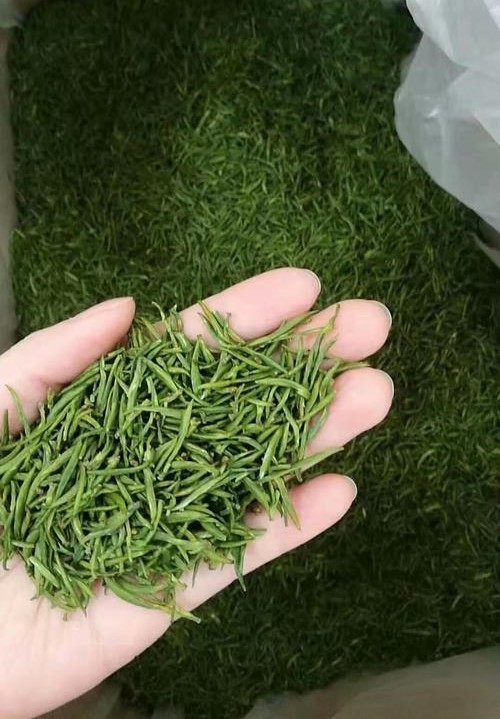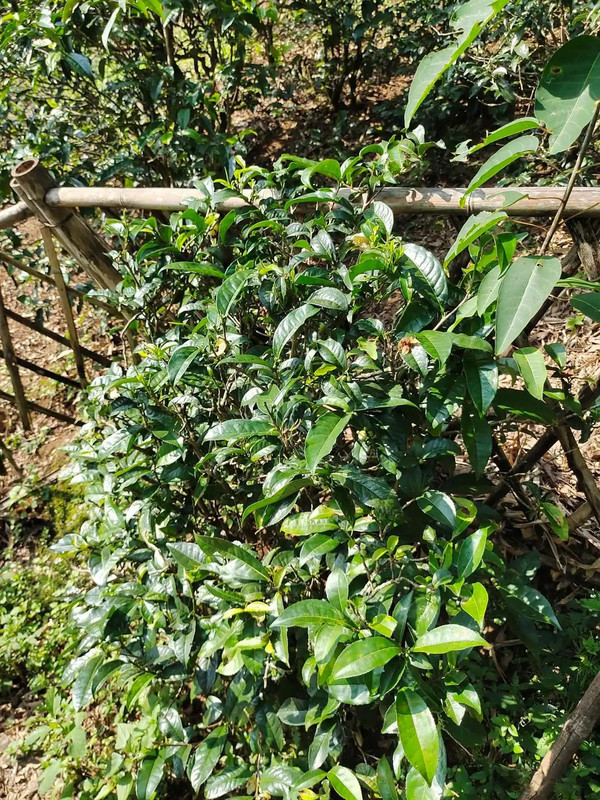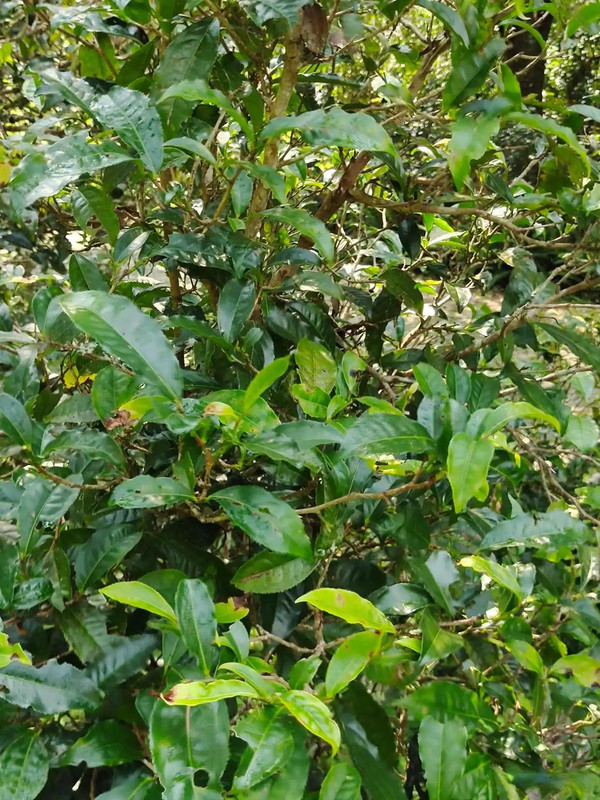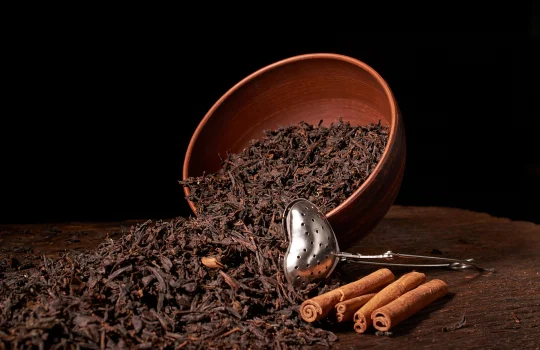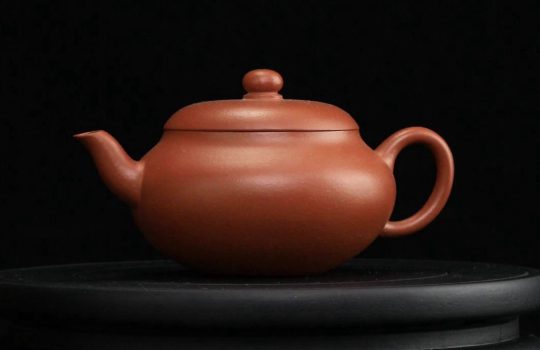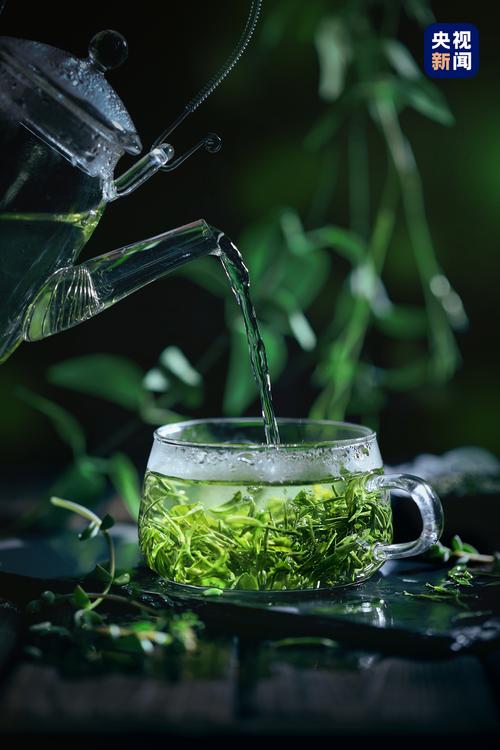Every morning, open the tea canister, grab a handful of ripe pu-erh into the covered bowl, watching the tea soup from dark brown slowly become thick, which I drank for half a year’s rations of tea, a few hundred dollars can drink two months, warm and smooth taste does not stimulate the intestines and stomach.
But last week, a friend of tea friends gathering, a friend brought a bubble of old Banzhang ancient tree Sheng Pu, hot pot, wake up tea, fixed point of water injection.
The first bubble of the entrance to the surprise, tea soup just over the throat, the tip of the tongue on the dense sweetness, and even drink three bubbles of back began to heat, that ‘tea gas’ is the daily ration of tea has never had the experience.
Drinking Pu-erh tea for a long time will find that the difference between good tea and ration tea is hidden in the origin, taste and companionship of each piece of tea leaves, especially in the ‘mountain’ and ‘age’ of Pu-erh tea, the difference is even more obvious.
The most intuitive difference starts from the ‘origin’ of the tea leaves.
Most of the best Puerh tea comes with a distinctive ‘mountain mark’, like the dominance of Lao Banzhang, the sweetness of Iceland, and the smoothness of Yiwu, all of which are inseparable from the soil and water of a particular production area.
These core production areas are mostly in the deep mountains of Xishuangbanna and Lincang in Yunnan, where ancient trees over 100 years old are rooted in weathered rocky soil, with roots that can reach dozens of metres deep underground, absorbing far more minerals than the shallow surface layer of soil.
I have seen a three hundred years old tree in Iceland village, the trunk to two people to hold.
Tea farmers said that such ancient trees only pick spring tea a year, picking time to leave half of the leaves to let the trees recover, mu yield but a few kilograms of fresh leaves, made of dry tea is even rarer.
And good tea on the requirements of the fresh leaves is extremely strict, non-bud two leaves are not picked, and even the picking time have to be selected in the early morning when the dew is not dry, to avoid oxidation of the tea leaves.
The origins of Puerh rations are much more relaxed.
Most of them come from large-scale cultivation of terrace tea plantations or small tree tea plantations, which are neatly spaced, convenient for mechanical picking, and can be picked three or four seasons a year.
For example, I often drink ripe puerh, tea blank raw materials are mostly buds and three leaves or even a little young stalks, picking is not too concerned about the shape, as long as the fresh and clean on the line.
The taste in your mouth is a completely different experience.
Drinking good tea is like reading a book with rich details, every sip has a new discovery.
Last year, I drank a twenty-year old Yiwu Shengpu, the first bubble is a light honey aroma, the second bubble slowly out of the woody fragrance, the third bubble after swallowing, deep in the throat flooded with long-lasting sweetness, and even breathing with sweetness.
The layering of a good tea is particularly obvious, from the slight bitterness in the mouth to the tingling on the tongue, from the fullness of the tea broth to the long aftertaste, there are subtle changes in each bubble.
Sheng Pu’s ‘tea breath’ is even more unique, a good ancient tree tea to drink to the fifth bubble, the back will be slightly warm, the palms of the hands sweating, this body feedback is ration tea is difficult to bring;
Good ripe tea is like aged wine, fermentation is just right, tea soup with jujube, medicinal fragrance, drink up warm and heavy, no raw ripe Pu heap of flavour.
Some rations of raw Pu from the core producing areas on the periphery of the hill, although less unique ‘mountain rhyme’, but wins in adaptability, stable production.
Raw materials for ration tea do not need to pursue extreme scarcity, just like seasonal vegetables for home cooking, ordinary plots of land planted out enough to meet daily needs.
The taste of ration tea is simple and straightforward, relaxing.
The ripe pu-erh I drink every day has a familiar jujube aroma at the beginning of the soup, and the tea is smooth in the mouth, with no obvious bitterness or astringency, and there is still a slight sweetness when it is steeped to the eighth or ninth bubble.
Raw Puerh with rations has a refreshing grassy aroma, the tea broth is light, the bitterness and astringency is very weak, and the sweetness is not strong, but it is continuous and stable.
They don’t need complicated tasting skills, and you can tell if they are to your liking at the first sip.
Just like the small bag of ration shengpu I brought on a business trip, with a thermos cup randomly brewed, drink up smooth and thirst-quenching, do not need to bother to figure out the level of aroma, this ‘not to speak of’ is exactly the comfort of the ration tea.
From the point of view of the drinking scene, the two ‘out of the way’ is also very different.
Puerh tea is never to be drunk casually, it needs to be matched with a corresponding sense of ceremony.
When entertaining friends who know tea, I will take out the purple clay pot and brew the tea in precise seconds, taking extra care from washing the tea to separating the soup.
We will sit together, chatting about the tea’s production area and year, and judging the degree of transformation from the colour of the tea broth.
When you want to have a quiet moment, you will also brew a good tea, watching the leaves stretch in the gaiwan, smelling the aroma that changes with the temperature of the water, this slowing down process is a kind of enjoyment in itself.
Ration tea is an on-call partner in life, without any sense of ceremony.
When you go to work, grab a handful of ripe Pu thrown into a mug, pour boiling water and simmer for ten minutes, a sip between meetings to warm the stomach;
Weekend at home, with a large teapot brewing a pot of shengpu, filled with water on the balcony, busy between sips to quench their thirst;
Travelling with a small bag of ration tea, with the hotel glass cups randomly brewed, familiar flavour can bring a sense of stability in unfamiliar environments.
Ration tea does not pick tea utensils, do not pay attention to the water temperature and time, its existence is to make the matter of drinking tea becomes simple, like eating and drinking water as natural.
The logic behind the price also hides the doorway.
Good tea is expensive, the essence of scarcity and process costs.
Last year, I asked an Icelandic ancient tree spring tea, a catty to more than three thousand, tea farmers said that the cost of picking alone is not low.
Ancient trees grow high, must take the ladder manual picking, a worker a day up to two pounds of fresh leaves, four pounds of fresh leaves to do a pound of dry tea.
And good tea fermentation, storage are concerned, such as the traditional craft of ripe to natural fermentation, taking more than a year, during the period of time, but also constantly turning the pile to control the temperature, these fine work have to be counted in the cost.
Ration tea is the main cost-effective, I often buy a few hundred ripe Pu can buy a cake, drink three months is not a problem.
Their raw material costs are low, picking and processing can be mechanised, fermentation with modern technology to control the temperature and humidity, mass production after the price of natural pro-people.
Most of the ration tea prices in the tens to hundreds of dollars a catty, the average person to drink long-term no burden.
Some people think that cheap tea has no good taste, but ration tea is ‘good’ in terms of stability, every time you drink is familiar with the taste, it will not be too amazing, but it will never be difficult to drink, this daily available smooth, is a value in itself.
If you drink tea for a long time, you will find that good tea and ration tea are never opposites. Good tea is for ‘tasting’ and ration tea is for ‘drinking’.

